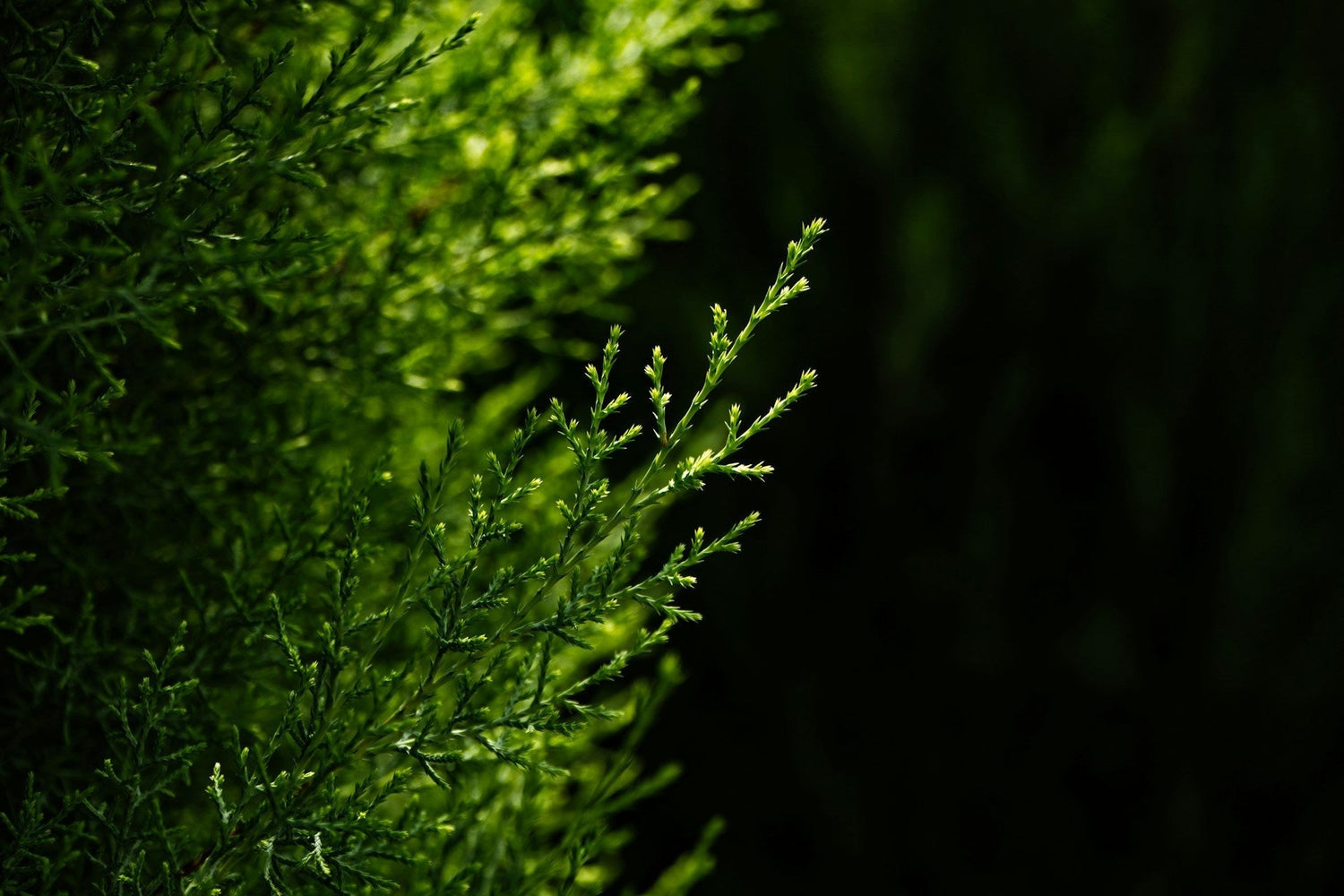Natural perfumery and aromatherapy, two terms often come up—essential oils and absolute oils. While they may seem similar, they differ significantly in their extraction processes, concentration, aroma profile, and applications. Both play vital roles in the creation of fine natural fragrances and therapeutic blends, but understanding their unique properties can help professionals and enthusiasts alike make informed choices.
What Are Essential Oils?
Essential oils are volatile, aromatic compounds extracted from various parts of plants—flowers, leaves, bark, roots, and more. They capture the true essence of the plant’s fragrance and therapeutic properties.
Common Methods of Extraction for Essential Oils:
-
Steam Distillation (most common):
-
Plant material is placed in a still.
-
Steam passes through it, vaporizing the volatile compounds.
-
The vapors are condensed and collected.
-
The essential oil is separated from the water (hydrosol).
-
-
Cold Pressing (used for citrus oils like orange, lemon, bergamot):
-
The rinds of citrus fruits are mechanically pressed.
-
Oils are extracted without heat, preserving delicate compounds.
-
-
Water Distillation (used for fragile flowers like rose or orange blossom):
-
Similar to steam distillation, but plant material is immersed in water.
-
Useful for plants sensitive to direct heat.
-
What Are Absolute Oils?
Absolutes are highly aromatic, concentrated oils extracted from plants through solvent extraction. They are used when delicate flowers (like jasmine, tuberose, or mimosa) do not yield their full aroma through distillation.
Solvent Extraction Process:
-
Solvent Application:
-
A solvent (like hexane) is applied to the plant material.
-
It dissolves aromatic compounds, waxes, and pigments.
-
-
Creation of a Concrete:
-
The mixture is filtered and the solvent is evaporated.
-
The result is a waxy substance called a concrete.
-
-
Extraction with Alcohol:
-
The concrete is mixed with ethanol, which dissolves the aromatic oils.
-
This solution is chilled, and waxes are filtered out.
-
-
Final Evaporation:
-
The alcohol is evaporated, leaving behind the absolute—a pure, concentrated aromatic oil.
-
Key Differences Between Essential Oils and Absolutes
| Feature | Essential Oils | Absolute Oils |
|---|---|---|
| Extraction Method | Steam distillation, cold pressing | Solvent extraction (often hexane or CO₂) |
| Plant Materials Used | Flowers, leaves, roots, bark, citrus rinds | Fragile flowers and resins (e.g., jasmine, rose, oakmoss) |
| Purity | Often 100% pure, no solvents | May contain trace amounts of solvents |
| Aroma Profile | Clean, sharp, sometimes lighter | Richer, more complex and true-to-plant |
| Texture | Thin and watery | Thicker, sometimes semi-solid |
| Use in Natural Perfumery | Widely used | Preferred for deep, floral notes and luxury blends |
| Price | Often less expensive | Usually more costly due to lower yield and labor-intensive process |
🌿 Popular Essential Oils vs Absolute Oils – Comparison Candidates
Essential Oils
-
Lavender (Lavandula angustifolia)
-
Peppermint (Mentha piperita)
-
Tea Tree (Melaleuca alternifolia)
-
Eucalyptus (Eucalyptus globulus)
-
Frankincense (Boswellia carterii)
-
Sweet Orange (Citrus sinensis)
-
Lemon (Citrus limon)
-
Geranium (Pelargonium graveolens)
-
Rosemary (Rosmarinus officinalis)
-
Ylang Ylang (Cananga odorata)
Absolute Oils
-
Jasmine (Jasminum grandiflorum or sambac)
-
Rose (Rosa damascena or centifolia)
-
Tuberose (Polianthes tuberosa)
-
Violet Leaf (Viola odorata)
-
Osmanthus (Osmanthus fragrans)
-
Mimosa (Acacia dealbata)
-
Champaca (Michelia champaca)
-
Oakmoss (Evernia prunastri)
-
Lotus (Nelumbo nucifera)
-
Linden Blossom (Tilia cordata)
At Lazaval, perfume is more than fragrance—it's therapy in a bottle, an experience rooted in the healing traditions of nature. Every essence we select is chosen not only for its beauty but for its ability to nurture the mind, body, and spirit. Our blends of pure essential oils and rich absolutes create scents that do more than smell divine—they uplift, calm, restore, and energise.



